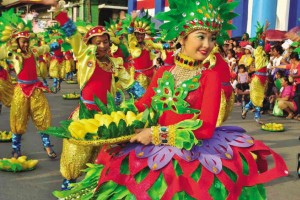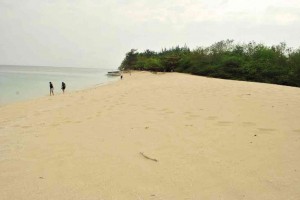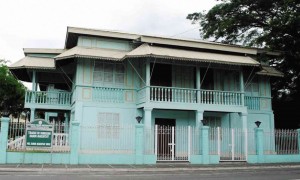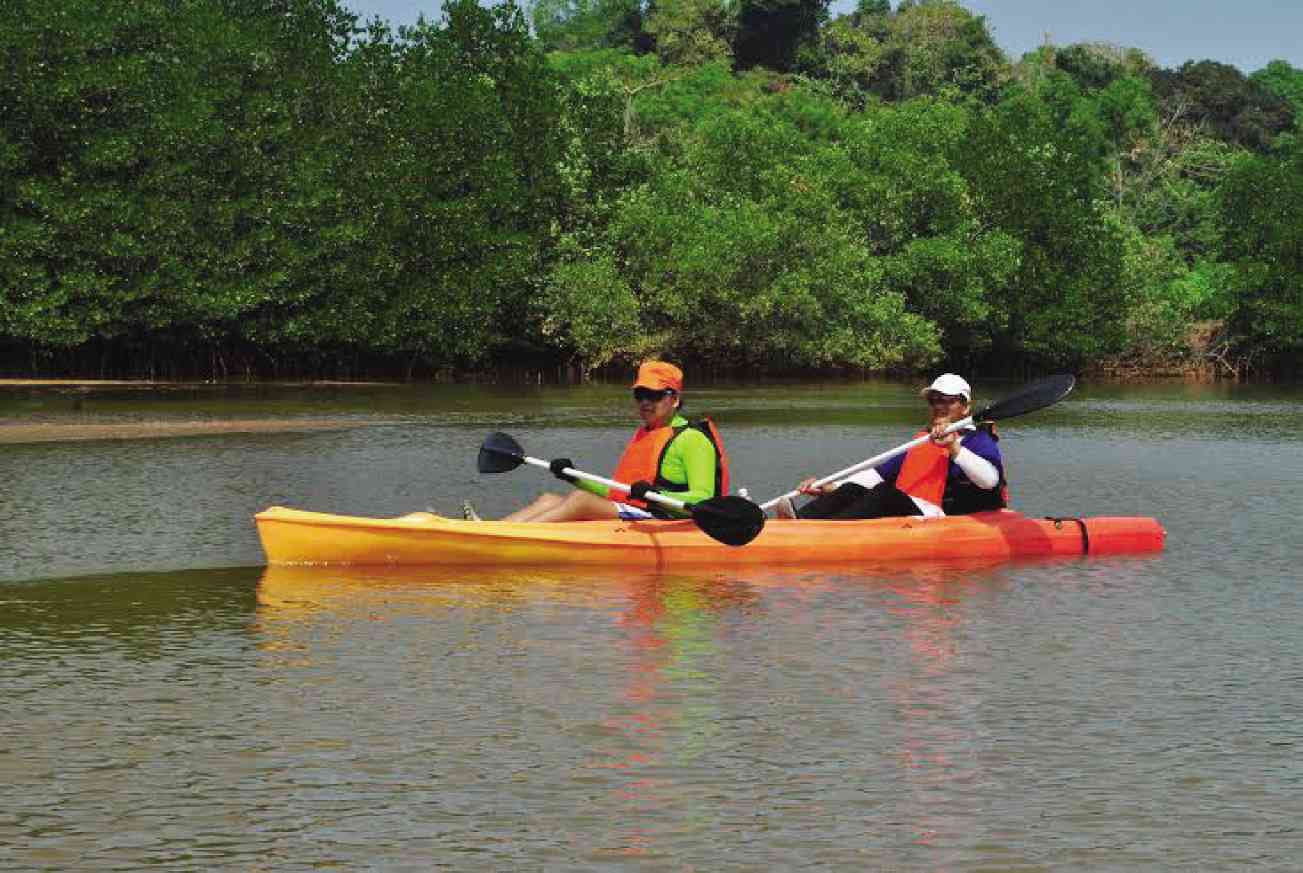
Festivals and fruits. Fresh seafood as in sinigang na lapu-lapu and succulent crabs. Heritage homes and historical churches.
These are some of the treats that await you in northern Zambales. The coastal towns, along the West Philippine Sea, stretch from Iba, the capital, to Santa Cruz, the boundary leading to Pangasinan.
In between are the towns of Masinloc and Candelaria. Clean rivers run through the municipalities.

The Pasig River must have been like this 80 years ago! Growing up in Pasig, the visual artist Juvenal Sansó, who is over 80, remembers swimming in the river when he was a child.
Zambales has just celebrated its mango festival, the fruit being one of the top commodities of the province, along with its ecotourism attractions.
For the occasion, the provincial capitol in Iba was decked out in patriotic red, white and blue colors.
Landmarks
A 1939 marker of the Philippine Historical Committee notes that the building, made of molave and yakal posts from the forest, was constructed in 1875-78 and once served as a prison.
It was the headquarters of the revolutionary government in 1899, the year the American invaders launched war upon the Filipinos.
It was “the end of a dream,” declared the American historian Barbara Tuchman, the dream that the United States would not follow the path of the European imperialist powers.
Near the provincial capitol is another cultural landmark, the imposing St. Augustine Cathedral.

There are many other cultural-religious landmarks in Masinloc and Santa Cruz, the latter has a parish of stone dedicated to St. Michael the Archangel.
Excitable crowd
The mango festival featured a smorgasbord of activities, among them sand sculpture along the beach, mountain-bike challenge, mango-and-watermelon carving, and mango wine-mixing and bartending.
There was the obligatory dancing in the streets, with the youthful performers, clad mostly in green and yellow mango colors, moving frenziedly to the pounding rhythms of their drum-and-bugle corps, and parading around the capitol en route to the “final showdown.”
The excitable crowd was hard to control.
Marine sanctuary
Potipot Island off Candelaria is one of northern Zambales’ main attractions, well-maintained and often the site of sports events like kayaking. The scuttlebutt is that Marlon Brando, while filming “Apocalypse Now” during the 1980s, fell in love with the island and wanted to buy it.
Off Santa Cruz are the islands of Hermana Menor (90 hectares) and, farther away, Hermana Mayor (320 hectares), owned respectively by Palawan Gov. Jose Alvarez and businessman Benigno Toda Jr.
Hermana Menor is a brief pump boat ride from Barangay Sabang, Candelaria. Its main feature is a wide, attractive beach cove with an elongated sandbar that juts out into the sea. There are a few picnic cottages around, no accommodations for an overnight stay, but there is a landing pad for light aircraft.
The island is a marine sanctuary, and a Bantay Dagat team patrols the area. From the beach you can see fish jumping around, creating ripples in the clear waters. These are not flying fish, as I first thought, but bigger ones devouring the tiny fish (dilis). When a school of fish consumes the dilis, you can see graceful black shapes moving around in the transparent shallow waters.

Hermana Menor is recommended for swimming, snorkeling and even diving. “You are our first visitors,” said Barangay Sabang officials who escorted the media team; and they are encouraging more tourists. But first you have to register with the municipal government of Santa Cruz.
Magsaysay museum
There are many old, majestic houses in Zambales, especially in Masinloc. The best preserved is probably the Magsaysay ancestral house in Castillejos, now a museum dedicated to the memory of the late President Ramon Magsaysay.
Magsaysay first came into prominence in 1950 when, as secretary of national defense, he broke the back of the Communist Politburo and beat the Hukbalahap rebels at their own game. He ran for president in 1953 and, supported by the US Central Intelligence Agency, handily beat the incumbent Elpidio Quirino, whose administration was becoming increasingly controversial.

In 1957, at the height of his popularity, Magsaysay died in a plane crash. I remember our family watching the funeral procession on (black-and-white) TV, and we marveled at how the people wept when the presidential casket passed by.
The museum is stately, redolent of the past with its period furniture, paintings, spacious rooms, capiz windows, and pictorial history of Magsaysay from birth to post-inauguration days. Of added interest are the presidential Cadillac and a World War II military jeep given to Magsaysay by Gen. Douglas MacArthur.
The lessons of history are present here (as in all museums), and the Magsaysay ancestral home is recommended to students and history buffs.









































